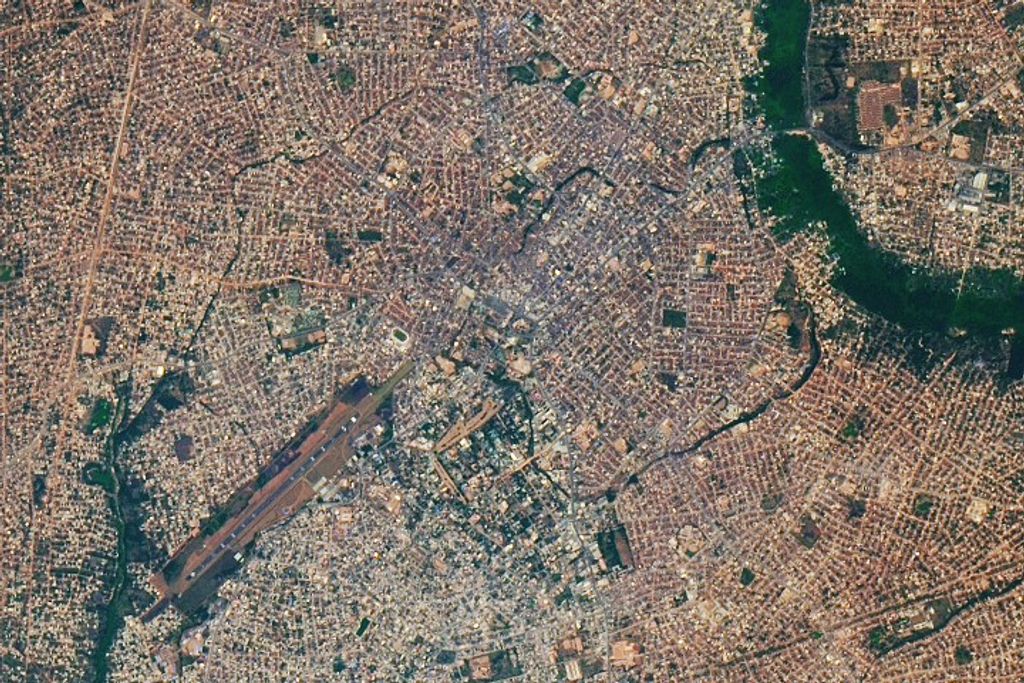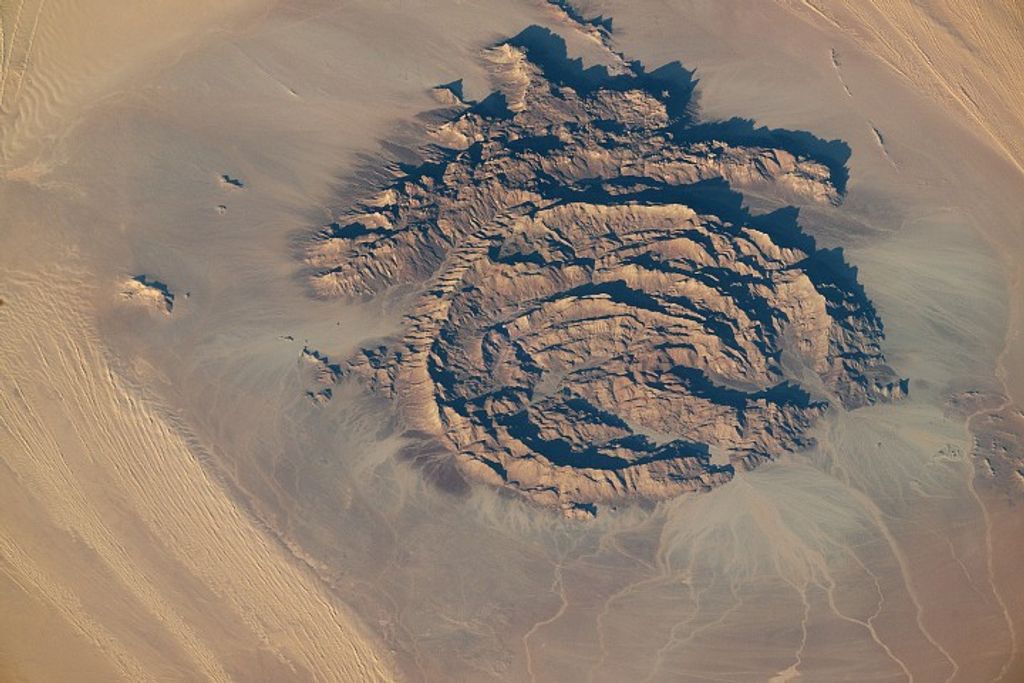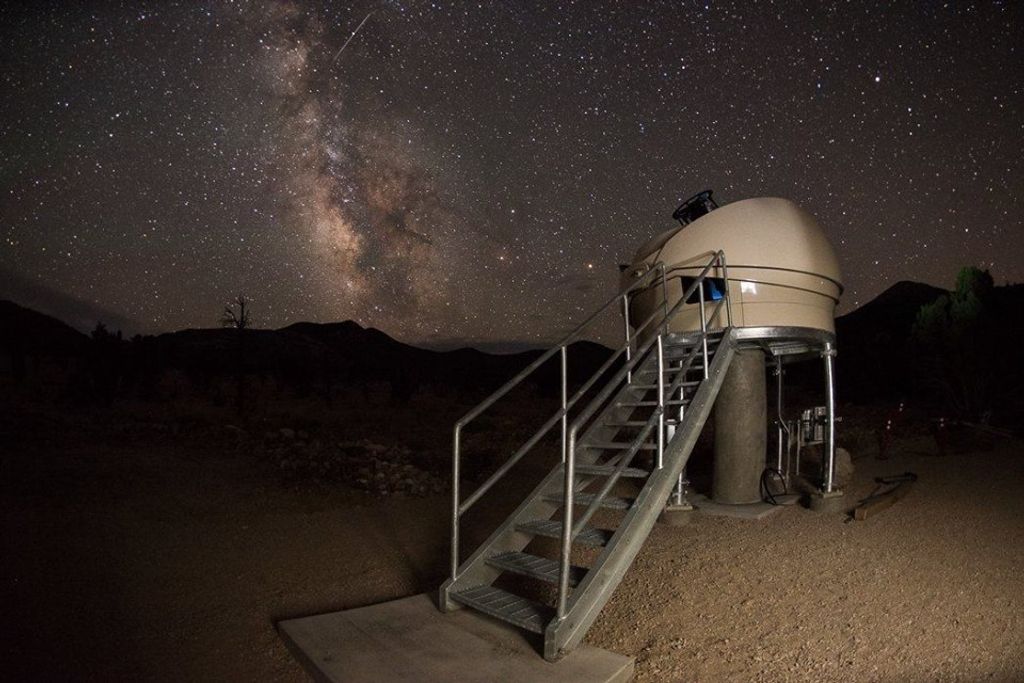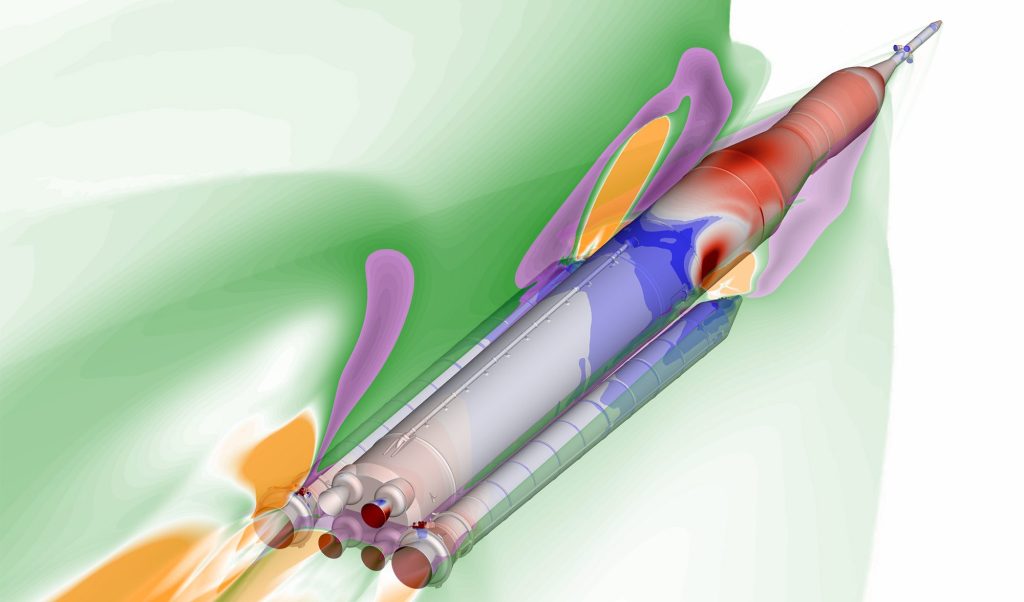1 min read
Cat’s Eye Nebula
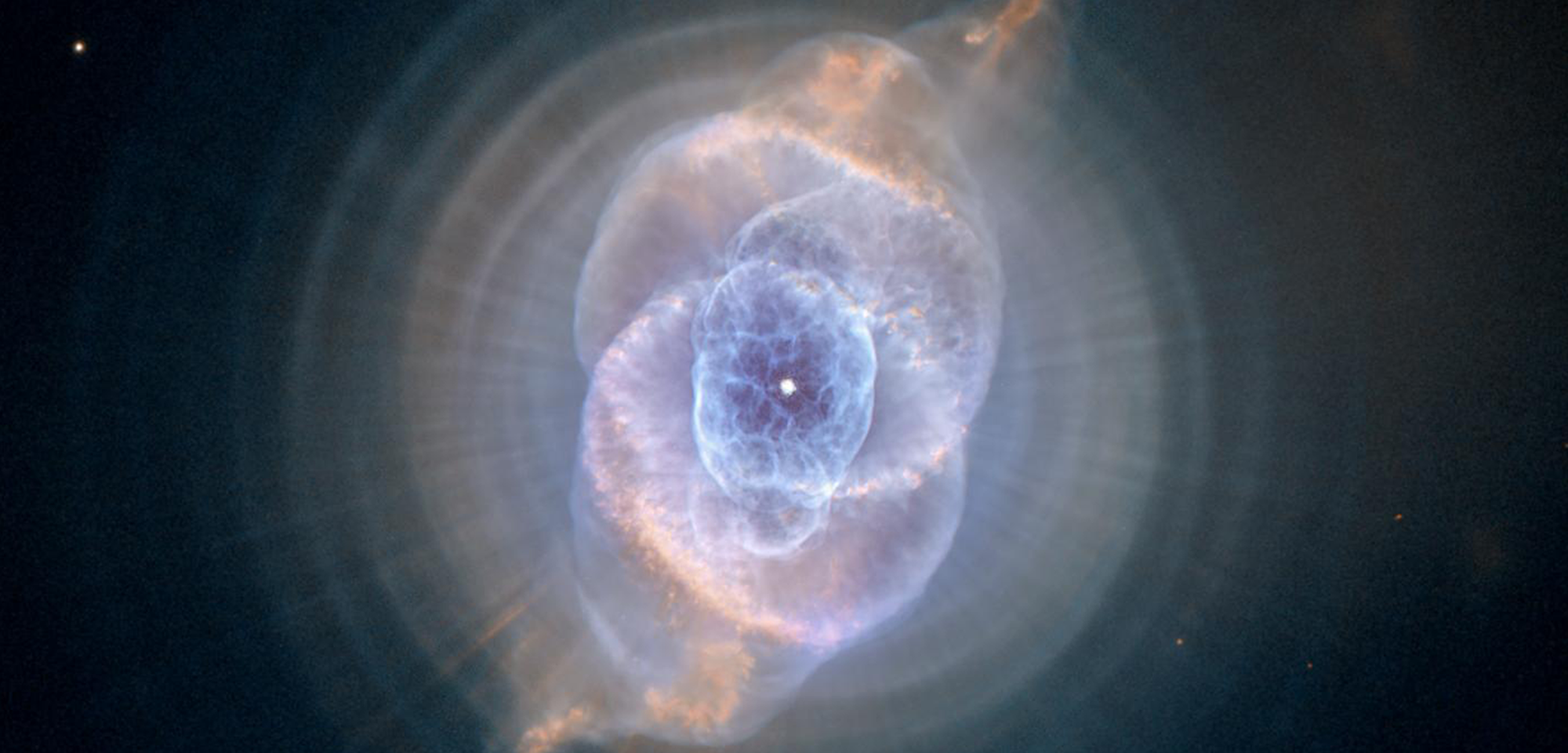
Though the Cat's Eye Nebula was one of the first planetary nebulae to be discovered, it is one of the most complex such nebulae ever seen. Planetary nebulae form when Sun-like stars gently eject their outer gaseous layers, creating amazing and confounding shapes. The Cat's Eye Nebula, also known as NGC 6543, is a visual "fossil record" of the dynamics and late evolution of a dying star. It is estimated to be 1,000 years old.
In 1994, initial Hubble observations revealed the nebula's surprisingly intricate structures, including gas shells, jets of high-speed gas, and unusual shock-induced knots of gas. Subsequent Hubble images showed a bull's-eye pattern of eleven or more concentric rings, or shells, of dust around the Cat's Eye. Each "ring" is actually the edge of a spherical bubble seen projected onto the sky — that's why it appears bright along its outer edge.
Observations suggest the star that created the Cat's Eye Nebula ejected its mass in a series of pulses at 1,500-year intervals. These convulsions created dust shells, each of which contains as much mass as all of the planets in our solar system combined (still only one percent of the Sun's mass). These concentric shells make a layered, onion-skin structure around the dying star. The view from Hubble is like seeing an onion cut in half, where each skin layer is discernible.
Approximately 1,000 years ago the pattern of mass loss suddenly changed, and the Cat's Eye Nebula began forming inside the dusty shells. It has been expanding ever since, as discernible in comparing Hubble images taken in 1994, 1997, 2000, and 2002. But what caused this dramatic change? Many aspects of the process that leads a star to lose its gaseous envelope are still poorly understood, and the study of planetary nebulae is one of the few ways to recover information about these last few thousand years in the life of a Sun-like star.
Until recently, it was thought that shells around planetary nebulae were a rare phenomenon. However, Romano Corradi of the Isaac Newton Group of Telescopes in Spain and his collaborators instead used Hubble to show that the formation of these rings is likely to be the rule rather than the exception. In 2013, Martin A. Guerrero, of the Instituto de Astrofisica de Andalucia in Spain, used Hubble to study the temperature and density of the Cat's Eye Nebula's shells. He found that the shells represent a series of shocks propagating into pre-existing lower density material.
Several explanations have been proposed for the bull's-eye patterns seen around planetary nebulae, including cycles of magnetic activity somewhat similar to our own Sun's sunspot cycle, the action of a companion star orbiting around the dying star, and stellar pulsations. Another school of thought is that the material is ejected smoothly from the star, and the rings are created later on due to the formation of waves in the outflowing material. Further observations and more theoretical studies are needed to decide between these and other possible explanations.
Constellation: Draco
Distance: 3,000 light-years (1,000 parsecs)
Instrument: Advanced Camera for Surveys/WFC
Image Filters: F502N [O III], FR505N [O III], F658N (H-alpha+[N II])
- Object NameObject NameA name or catalog number that astronomers use to identify an astronomical object.Cat's Eye Nebula, NGC 5189
- Release DateSeptember 9, 2004
- Credit
Share
Details
Claire Andreoli
NASA’s Goddard Space Flight Center
Greenbelt, Maryland
claire.andreoli@nasa.gov








